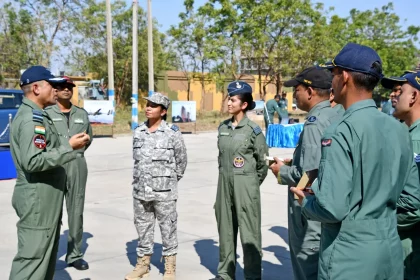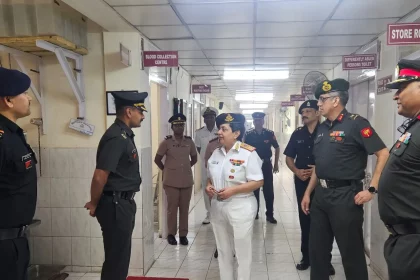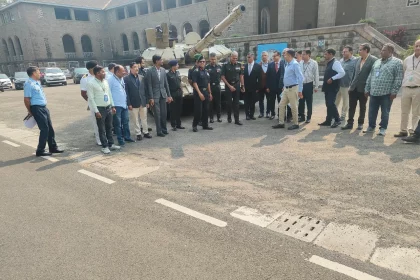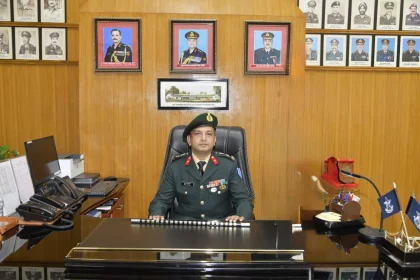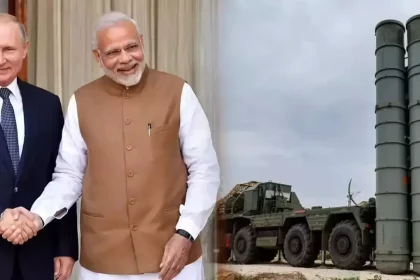Air Marshal Nagesh Kapoor Reviews Operational Preparedness at Air Force Station Naliya
AOC-in-C Highlights Training, Technology, and Coordination as Key to National Security.
DGMS (Navy) Surg Vice Adm Kavita Sahai Visits Naval and Coast Guard Units in Chennai
Strengthening Medical Integration and Operational Preparedness Across Chennai Units.
DRDO Hands Over Sigma 4.0 Camouflage Software and Multispectral Tank Mock-Up to Indian Army
DRDO’s Latest Camouflage Suite to Sharpen Army’s Deception, Training, and Battlefield Survival Capabilities.
Brigadier Arun Kulkarni Assumes Charge as 43rd Commandant of AEC Training College & Centre
New Commandant to Lead AEC Training College & Centre Into a Modern, Technology-Driven Era of Military Education.
Lt Gen Anindya Sengupta Reviews Operational Readiness in Garhwal Sector, Visits Border Villages
Army Commander Reviews High-Altitude Readiness and Reinforces Support to Border Communities.
S-400 Air Defence System, Su-57 Stealth Jet on Agenda Ahead of Putin’s India Visit: Kremlin
Key Defence Deals, Technology Transfer, and Strategic Cooperation Expected to Dominate 23rd India–Russia Annual Summit.

